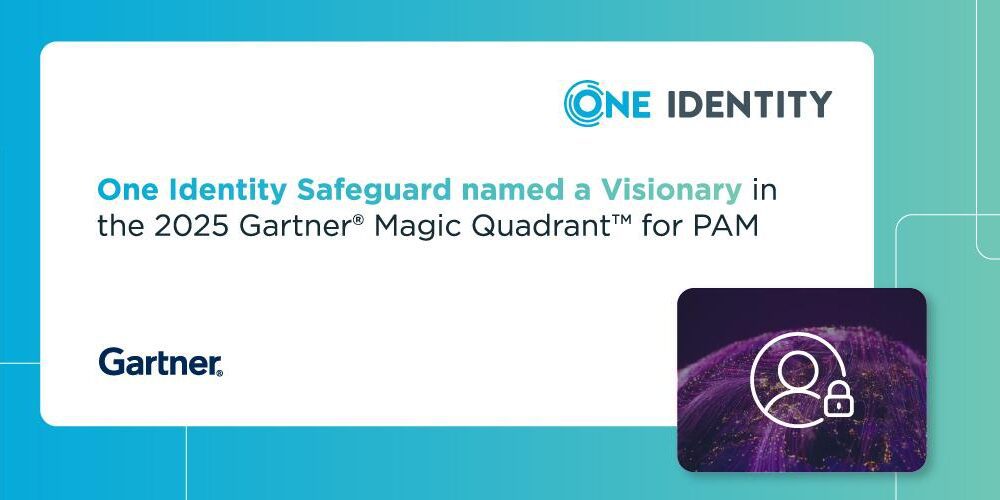Not all wounds leave visible scars. Many of our most impactful injuries are emotional, shaped in silence, stored in the body, and expressed through our adult behaviors, beliefs, and relationships. For years, identifying and addressing these deep emotional patterns required professional intervention.
Today, however, digital tools are offering a new layer of accessibility, helping us to explore hidden emotional pain in ways that are private, structured, and surprisingly effective. This article explores how technology is reshaping emotional self-discovery and which tools are most helpful when you’re ready to look inward.
How Technology Is Changing Emotional Self-Discovery
In the past, long-term therapy was usually required to identify deep emotional wounds. Even though treatment is still necessary for many people, not everyone can get it right away for a variety of reasons, including cost, time, stigma, or location. This is the point at which digital tools have transformed.
The field of emotional healing is changing, and digital tools are becoming more and more helpful. Your phone, digital journal, or even a chatbot that has been trained to identify patterns of emotional distress can now provide you with some access to what was previously limited to the therapy room.
A starting point is offered by mental health apps and reflective platforms, particularly for individuals who are only starting to question, “Is something deeper going on?”
Best Digital Tools & Mental Health Apps for Trauma Recovery
Even though emotional traumas are personal and complicated, the expanding field of digital mental health provides organized, scientifically supported resources to assist people in starting the process of self-discovery. These tools, which are used by millions of people worldwide, can give people starting to explore their inner world clarity, insight, and momentum.
1. Self-assessment tools for childhood trauma
The Adverse Childhood Experiences (ACE) Questionnaire, developed by the Centers for Disease Control and Prevention and Kaiser Permanente, is one of the most widely used frameworks. It evaluates exposure to emotional neglect, abuse, and household instability, and its findings are associated with a variety of adult mental and physical health outcomes.
The ACE test is an important tool in trauma research because it links early negative experiences to adult mental and physical health problems. It examines ten core categories, including emotional neglect, abuse, and household dysfunction, all of which can have long-term effects on emotional development.
While the ACE test was originally used in clinical health settings, its structure has since been adapted into more accessible forms, such as the Breeze Trauma Test, which retains the research-backed core of the ACE model while presenting it in a conversational, user-friendly manner. An important first step towards trauma-informed self-awareness is allowing people to consider their past without depending on medical jargon or diagnostic pressure.
2. Platforms for guided journaling and reflective writing
Journaling is a well-established tool in trauma recovery, particularly when it encourages emotional processing, memory integration, and self-reflection. People who are dealing with emotional wounds can feel safe and get some structure from guided digital journaling when direct recall or verbal processing feels too much to handle.
Apps like Breeze Wellbeing, Jour, and Reflectly use mood-based reflections and well-chosen prompts to help users explore emotional themes, inner stories, and unmet needs. The goal of these tools is to bring to light basic patterns like giving up on yourself, feeling guilty all the time, or being afraid of rejection, which often happen because of bad relationships in the past.
Not only “writing it out.” When used regularly, journaling tools can help reprocess repressed or fragmented experiences and elevate emotional literacy.
3. Tools for recognizing patterns and tracking emotions
People who have experienced trauma may find it difficult to recognize, comprehend, or trust their emotional responses. Here, tracking emotions based on data is useful. Users can keep track of their moods, find triggers that happen over and over, and link physical symptoms to emotional states with these tools.
Apps such as Youper, Wysa, MindDoc, and Breeze Wellbeing use conversational AI or structured daily check-ins to discover patterns that would otherwise go unnoticed in everyday life. In the long run, users may start to connect longer-lasting emotional injuries with current emotional issues like feeling emotionally numb, having mood swings, or being too hard on themselves.
4. Mindfulness and nervous system regulation techniques
Healing necessitates more than cognitive understanding because trauma is stored in both the body and the mind; it also entails developing internal safety and regulation. Somatic tools work directly with the nervous system to help people identify and practice returning to calm when they are in a dysregulated state (fight, flight, freeze, or fawn).
Headspace, Calm, and Insight Timer are the global leaders in this field. These tools will be most beneficial to those who have been through trauma and are struggling with anxiety, dissociation, or emotional overwhelm. Although these apps were not specifically designed for trauma, millions of people have used their guided meditations, breathwork exercises, and grounding methods to reconnect with their bodies and emotions.
5. Therapy-supported platforms for emotional trauma work
For users who want more than self-guided support, online therapy platforms provide structured access to licensed professionals. These services may include intake questionnaires that identify emotional wounds, relationship patterns, and trauma symptoms before connecting clients with therapists.
BetterHelp and Talkspace, two of the world’s largest platforms, provide access to thousands of licensed mental health professionals who have received trauma-informed training. Therapy apps lower the barrier to entry and serve as a critical bridge for people starting their healing journey. Although they can’t replace face-to-face therapy, they are especially helpful for people who have never talked about their trauma before.
What to Look For in a Reliable Mental Health App
Digital tools for mental health are not all made equal, particularly when it comes to examining severe emotional trauma. Take into account the following important factors when choosing an app or platform for emotional insight:
- Trauma-informed design
Look for tools that recognize emotional sensitivity and avoid exposing users to distressing content without proper context. Good tools will include gentle pacing, trigger warnings, and encouraging language.
- Based on evidence or therapeutic frameworks
Psychological science-based tools, such as somatic trauma work, internal family systems (IFS), attachment theory, and cognitive behavioral therapy (CBT), are the most reliable.
- Emotional safety features
Tools should include features like journaling privacy, emotional regulation methods (such as breathing exercises), and simple opt-out options in case users feel overburdened.
- Customization & pattern identification
Users can use useful tools to track emotional patterns over time, provide insightful feedback, and modify suggestions based on their specific needs and habits.
- Clear data privacy policies
Emotional self-discovery is a delicate process. Choose platforms that offer secure storage, open data practices, and do not share user information without permission.
- Optional human support access
When emotional wounds become more severe than expected, the most comprehensive tools offer a way to contact therapists or crisis resources if necessary.
- Not simply passive, but guided
Avoid apps that only provide generic quotes or mood tracking without context. The most effective tools guide users through emotional reflection, providing structure and therapeutic insight along the way.
Conclusion
A therapeutic relationship’s depth cannot be replaced by digital tools, but they can provide clarity at the start of a healing process, which is just as potent. These mental health apps give users structure where there was previously confusion by assisting them in naming long-buried pain, tracking subtle patterns, and identifying hidden emotional wounds.
These apps, whether they be somatic support, emotional assessments, or guided journaling, are opening up new avenues for self-awareness, particularly for people who have never had the words to express what they have experienced.





























